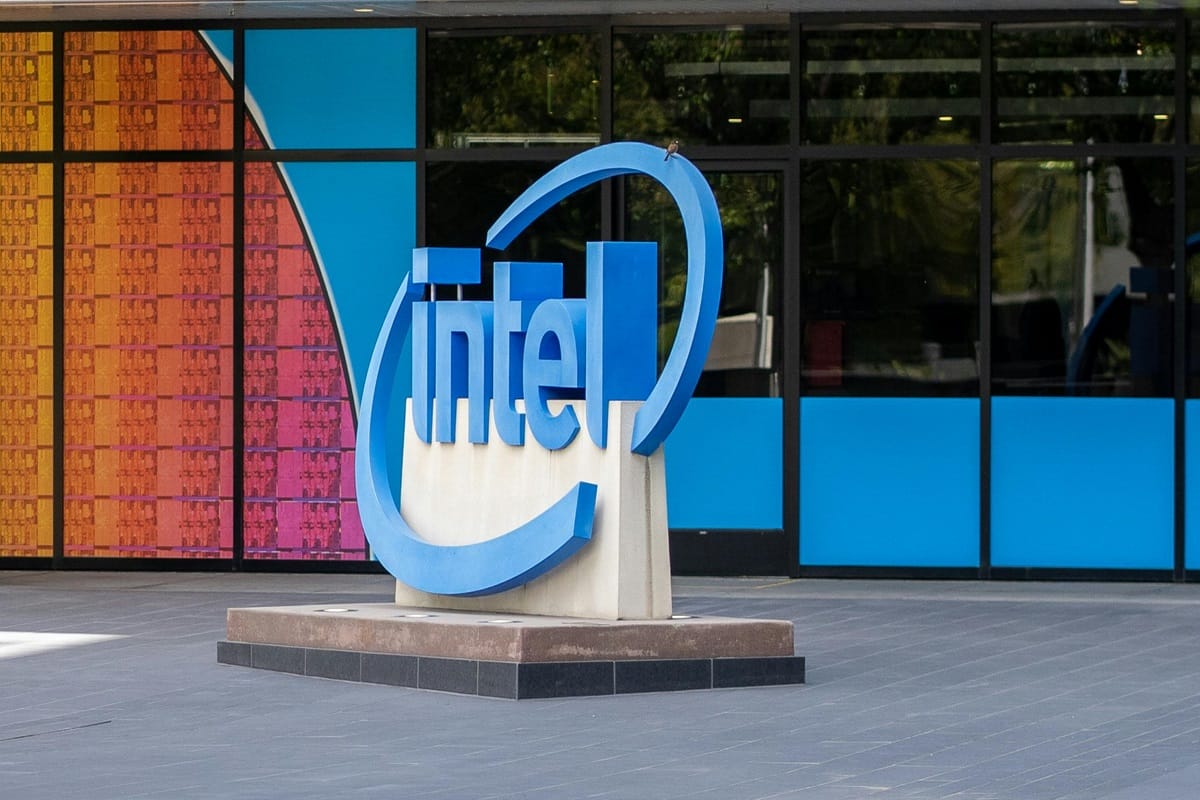Intel on Tuesday, June 4, announced new artificial intelligence chips designed for use in data centers.

The mentioned company, based in Santa Clara, California, is currently seeking to improve its position in the AI microcircuits market. Against the background of a sharp increase in the popularity of artificial intelligence and digital products based on it, the specified chips have become a very popular product. Currently, the market for such microcircuits is on a steady growth trajectory. Nvidia is the unequivocal leader of this space, which is both commercial and technological, nowadays. AMD also has ambitions in the mentioned direction, having presented artificial intelligence chips yesterday. Moreover, Nvidia does not stop there. This company announced its intention to present an artificial intelligence platform Rubin in 2026.
Intel is aiming to get its share of the so-called AI boom. The corresponding intention is natural since artificial intelligence is at the stage of active development. The prospects for the long-term continuation of the relevant process are as realistic as possible. The demand for AI continues to grow and at the same time, the development of digital products based on advanced technology is scaling up. Against the background of these tendencies, the going-up demand for chips is obvious.
Intel CEO Pat Gelsinger said at the Computex technical conference in Taiwan that the company’s new processor, called Xeon 6, will provide higher performance and power efficiency when operating with high-intensity data center workloads compared to the product that preceded the mentioned development.
It is worth noting that six months ago, the mentioned firm released fifth-generation Xeon processors. These products are designed to solve tasks related to the workloads of data centers. Intel also announced the Gaudi 3 processor two months ago. This brainchild of the company is intended for training and subsequent deployment of artificial intelligence models.
On Tuesday, Intel also said that the cost of AI accelerators such as Gaudi 2 and Gaudi 3 is lower than the price of competing products. Pat Gelsinger says that customers are currently interested in high-performance and cost-effective solutions for training and logical inference using generative artificial intelligence. According to him, in the context of the mentioned tendency, consumers began to choose favor of alternatives such as Gaudi. He also stated that customers need a choice, open software and hardware solutions, and time to market solutions at dramatically lower TCO [total cost of ownership].
On Tuesday, Intel also provided architecture information about its future Lunar Lake processors, which will help to continue the growth of the category of personal computers with artificial intelligence. It is expected that sales of these products will be launched in the third quarter of the current year. Intel positions Lunar Lake as a competitor to Nvidia and AMD chips designed for use in personal computers with artificial intelligence.
The company, headed by Pat Gelsinger, has largely found itself on the kind of symbolic sidelines of the widespread popularity of machine intelligence. Business giants such as Meta, Microsoft, and Google have bought and continue to buy up a large number of chips from Nvidia. Intel is striving to improve its position in the market of corresponding products. The difference between this company and competitors, including AMD and Nvidia, is that it not only develops chips but also produces microcircuits. At the same time, Intel’s foundry business faces significant difficulties and demonstrates negative performance results. Last year, the mentioned business’s operating loss was recorded at around $7 billion.
Intel also lost its position in the chip-making sector to foreign competitors such as Taiwan Semiconductor Manufacturing Co. At the same time, the company has the opportunity to improve its competitiveness in the mentioned sector. In March, the White House provided Intel with $8.5 billion in funding for efforts related to the production of microcircuits. This government support was allocated as part of the desire of the administration of the current President of the United States Joe Biden to develop the homegrown semiconductor industry. Intel received another $11.5 billion in loans. The company announced in March that the mentioned funding would be spent on factories and research centers in Ohio, New Mexico, Oregon, and Arizona. In total, Intel plans to spend $100 billion on corresponding purposes.
The company will build a new plant in Ohio. The cost of this project is more than $20 billion. The Ohio plant is expected to be operational in 2027 or 2028. The production of artificial intelligence chips will be launched here. Also, as part of the operation of the new plant, the company does not exclude the possibility of manufacturing products for other firms. In New Mexico, Arizona, and Oregon, Intel will upgrade existing production facilities and scale up its activities. The company expects that the implementation of these efforts will create 20,000 jobs in fab construction and 10,000 jobs in chip making.









